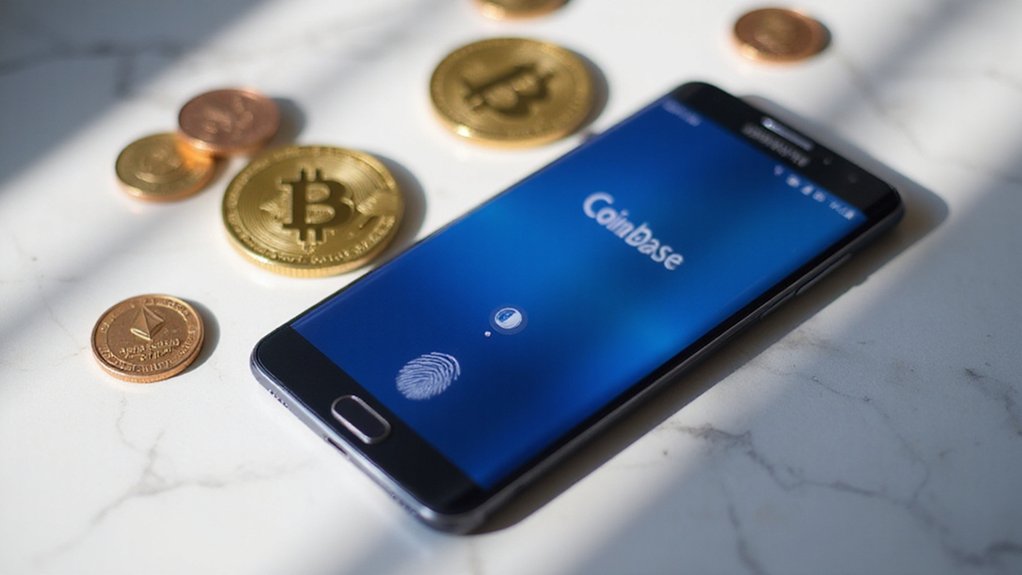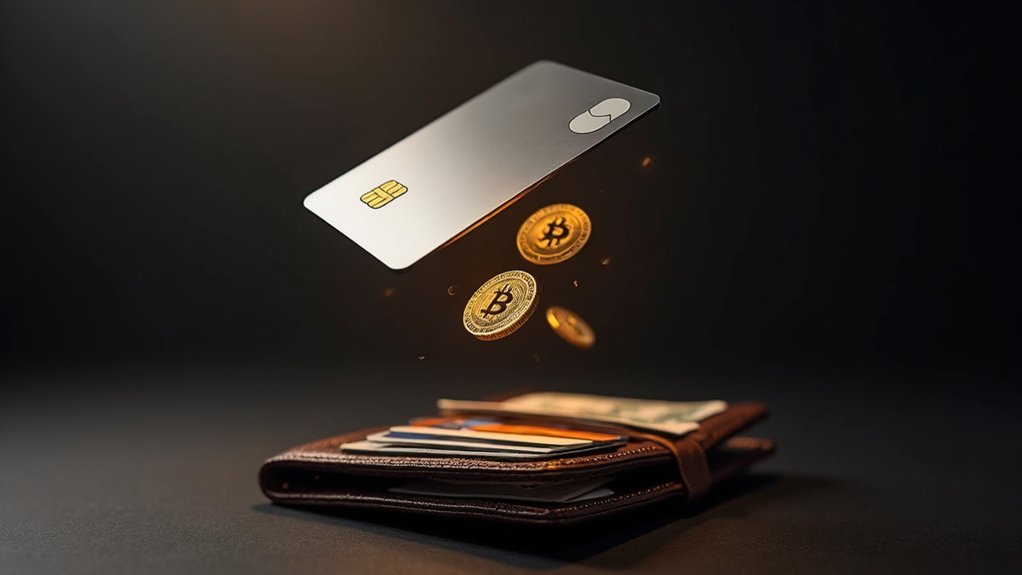While the cryptocurrency industry continues its relentless march toward mainstream acceptance, Coinbase has revealed its latest attempt to bridge the chasm between traditional payment methods and digital asset acquisition through Samsung Pay integration.
The feature, now available to users in the United States and Canada, transforms crypto purchasing into a decidedly mundane tap-to-pay experience—arguably the most boring revolution in financial history. Users can now acquire Bitcoin, Ethereum, and Dogecoin (because apparently meme coins deserve premium payment treatment) through Samsung’s established mobile wallet infrastructure, eliminating the tedious ritual of manually entering payment credentials.
This integration represents more than mere convenience engineering. By leveraging Samsung Pay’s 150 million global user base, Coinbase effectively sidesteps the friction that traditionally accompanies digital asset onboarding—a process that historically resembled maneuvering through bureaucratic quicksand. The tap-to-pay functionality accelerates transaction approval entirely within mobile devices, combining Samsung’s trusted interface with Coinbase’s platform security measures.
Coinbase transforms crypto acquisition from bureaucratic quicksand into effortless mobile taps through Samsung’s 150 million-user ecosystem.
The strategic implications extend beyond user experience optimization. Coinbase now offers payment flexibility that spans traditional bank accounts, cards, Apple Pay, Google Pay, and Samsung Pay—creating what amounts to a payment method buffet for crypto acquisition.
This diversification strategy appears particularly shrewd given the regulatory headwinds facing competing exchanges, positioning Coinbase as the pragmatic choice for risk-averse investors seeking seamless digital asset exposure. The partnership arrives following Coinbase’s launch of its Base App, which combines trading, messaging, and payment functionalities into a comprehensive crypto management platform.
Technical implementation showcases thoughtful security architecture. Samsung Pay’s biometric authentication and tokenized payment processes integrate with Coinbase’s existing security framework, theoretically reducing exposure risks compared to manual data entry methods. Unlike DeFi platforms that eliminate intermediaries entirely, this traditional exchange approach maintains familiar security structures while adding payment convenience.
The combination suggests that buying cryptocurrency might actually become safer than ordering coffee through mobile apps—a development that would surely amuse early Bitcoin adopters who maneuvered sketchy exchanges with questionable security protocols.
The initial rollout targets select users before broader availability, indicating Coinbase’s measured approach to scaling infrastructure. This gradual expansion strategy reflects lessons learned from previous crypto market volatility, where sudden demand spikes frequently overwhelmed exchange capacity. The integration particularly targets mobile-first consumers seeking simplified entry into digital asset markets.
Whether this Samsung Pay integration ultimately drives meaningful adoption remains uncertain, though it undeniably represents another incremental step toward cryptocurrency normalization—one tap at a time.









